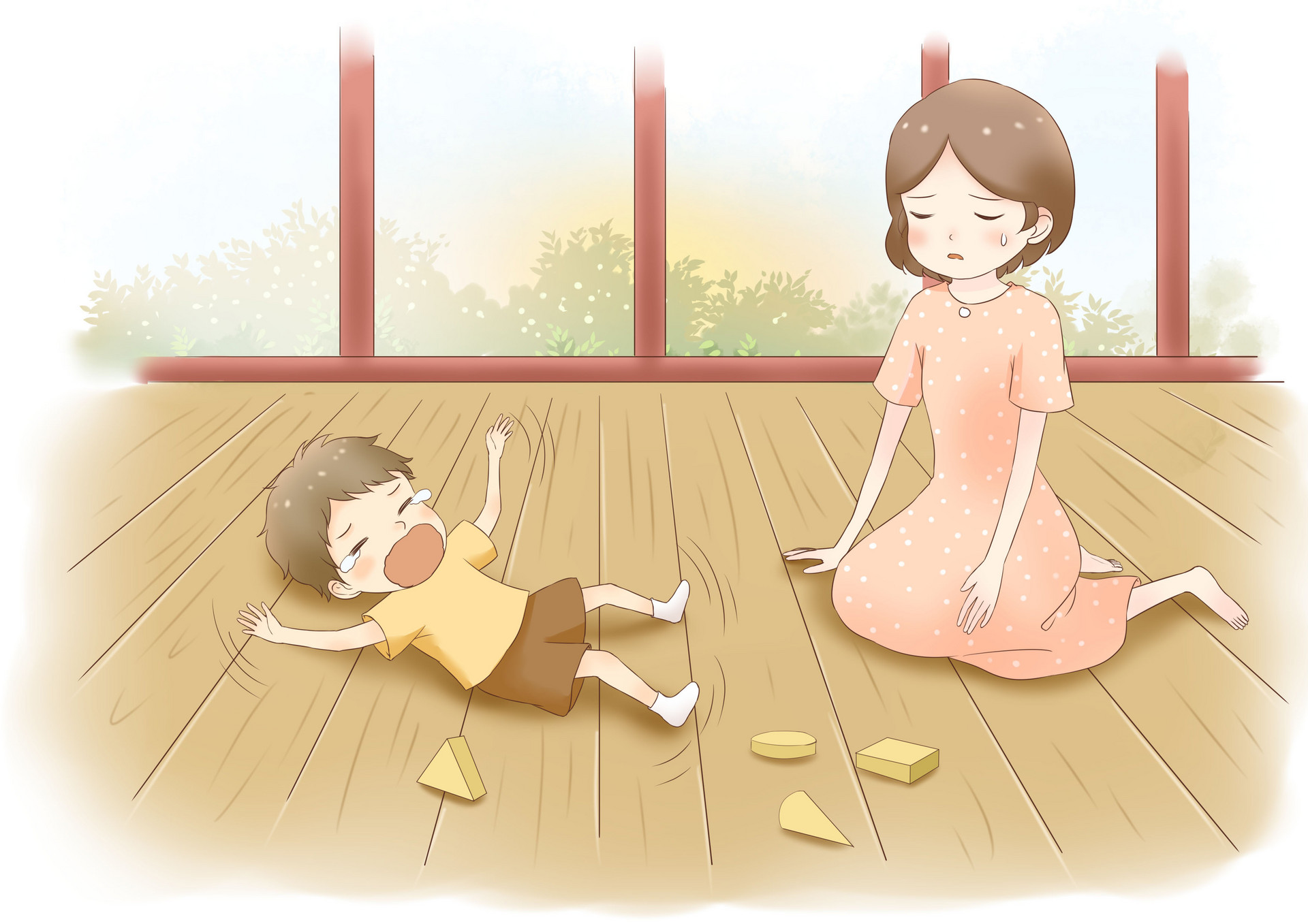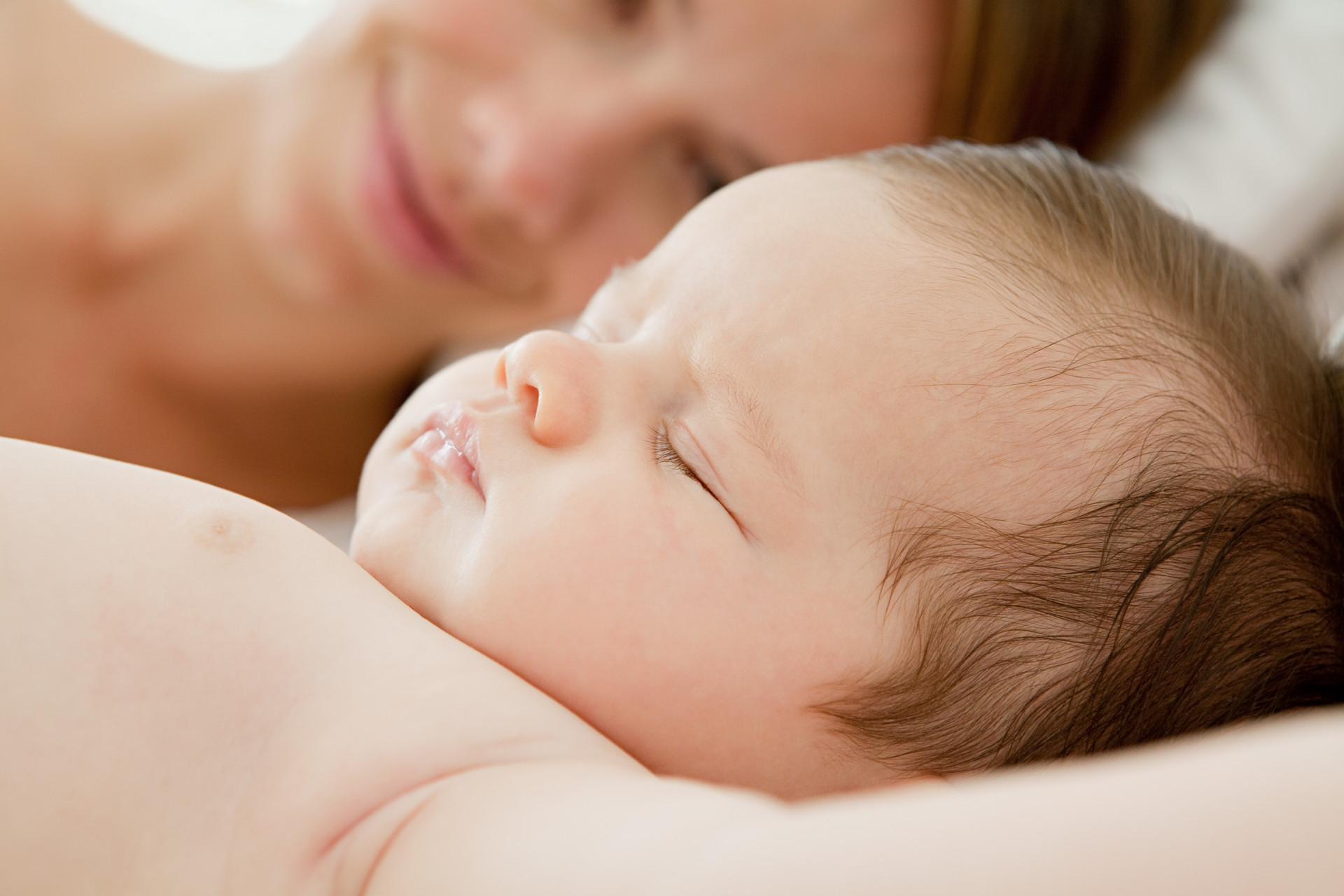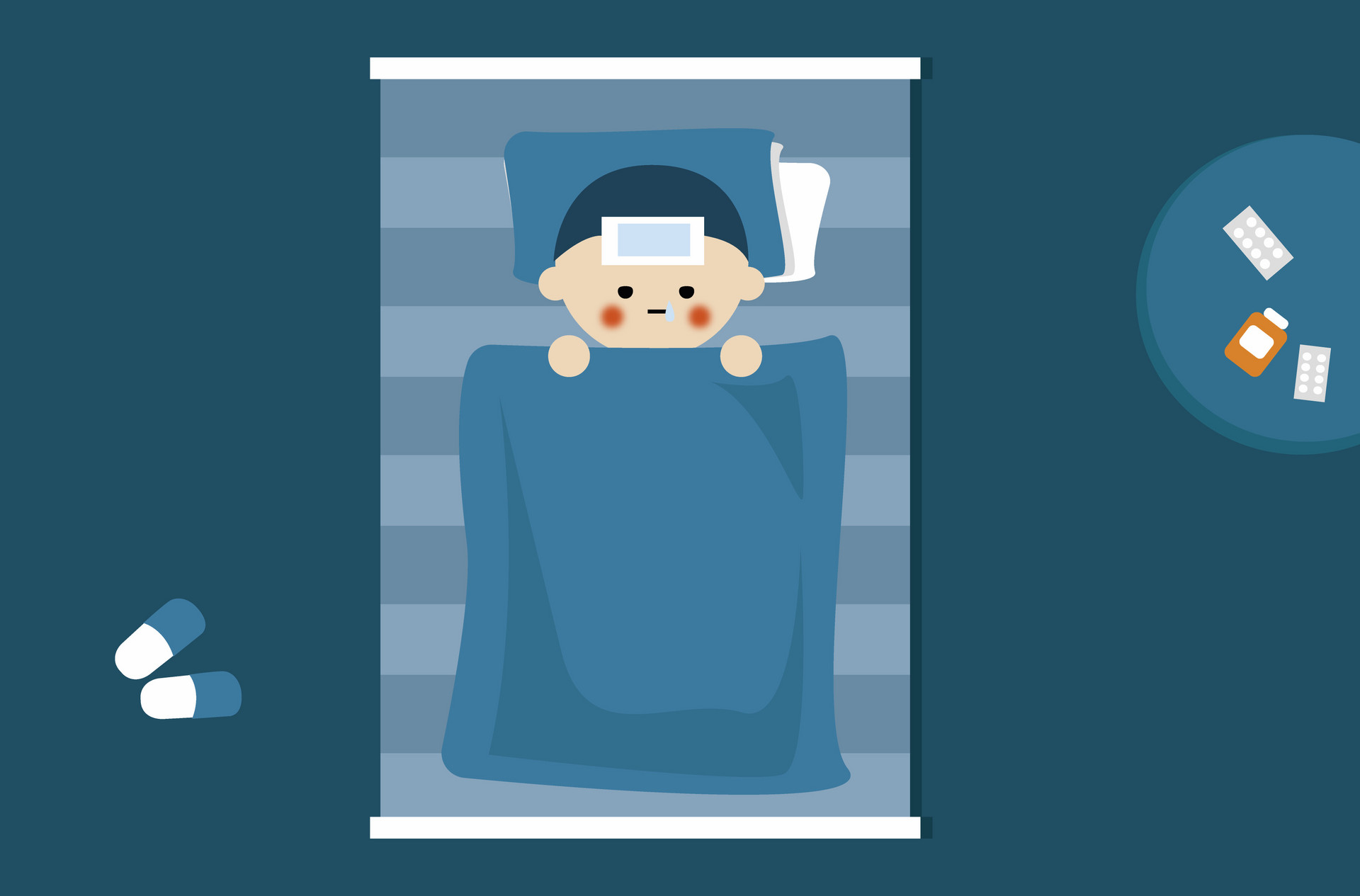Hand, foot, and mouth disease is one of the common herpes diseases in children, caused by Coxsackie virus infection. It is a viral infectious disease, mainly transmitted through direct contact with nasal and pharyngeal secretions of infected individuals, droplet transmission, and contact with infected feces. It is characterized by the occurrence of small blisters on the palms, soles, and inside the mouth.
It is more prevalent in summer and autumn, with an incubation period of 4-7 days and a total duration of about 1 week, with very few relapses. It spreads rapidly and widely, affecting individuals from 4-month-old infants to 30-year-old adults, but the highest incidence is in children under 3 years old. This disease has a cyclic pattern of occurrence, with an epidemic every 2-3 years. Patients often have a moderate fever at the onset, possibly accompanied by symptoms of upper respiratory tract infection. This is followed by sore throat, and infants may have drooling and refusal to eat.
When examining the mouth, multiple blisters can be found on the cheeks, tongue, soft palate, hard palate, and inner side of the lips, which then form ulcers after the blisters burst. The ulcers are exceptionally painful, and severe cases may also be accompanied by fever, runny nose, and cough. Red papules or small white blisters appear on the hands, soles of the feet, elbows, knees, buttocks, and genital areas, ranging in size from millet to mung bean, with a circular, oval, or flat shape, surrounded by redness. The palms and soles are mainly affected, and there is no obvious itching. Some children may also have similar rashes around the anus.
Hand, foot, and mouth disease does not require specific treatment. It usually recovers within about 1 week without complications and can also resolve on its own, with a good prognosis. General treatment mainly focuses on symptomatic management, such as taking antiviral medications like antiviral oral liquid or ribavirin, as well as oral B-complex vitamins such as vitamin B1 and vitamin B12. Maintaining local cleanliness and avoiding secondary bacterial infections is important. When the oral mucosa is ulcerated and children have difficulty eating, easily digestible liquid or semi-liquid food can be given, followed by mouth rinsing after meals. Ice borax powder or watermelon frost can be applied externally to the ulcers, and riboflavin can be taken orally.
For ulcers outside the oral cavity, applying chlortetracycline fish liver oil can help alleviate pain and promote the early healing of erosive surfaces. If the child has a fever, some heat-clearing and detoxifying Chinese herbal medicines can be used, such as indigo root infusion or antiviral infusion.
Nursing care is crucial for the prognosis of affected children. The child should be rinsed with warm water regularly. The diet should be easily digestible, consisting of mild, soft, and warm foods, with plenty of warm water and fresh fruits. Avoiding cold or spicy foods that can cause pain and refusal to eat is important. The child should have enough rest, and their clothes should be kept clean to avoid infection of the rash.
Due to the contagious nature of this disease, prevention should focus on early detection, early treatment, and early isolation. The main measure is to isolate the affected child and strengthen the hygiene of infants and young children to reduce the chance of infection, which is especially important for childcare institutions. Utensils, toys, classrooms, etc. in childcare institutions should be regularly disinfected, and hands should be carefully washed after handling items used by patients. Minimize contact with infected individuals and ensure proper air circulation and appropriate room temperature. During the epidemic, try to minimize taking children to public places. Educate children to develop good personal hygiene habits, such as washing hands before meals and after using the toilet, covering their mouths and noses when sneezing or coughing, and not spitting everywhere. Properly clean secretions. Mung bean soup can help clear heat and detoxify, and can be given to children during the epidemic period.












